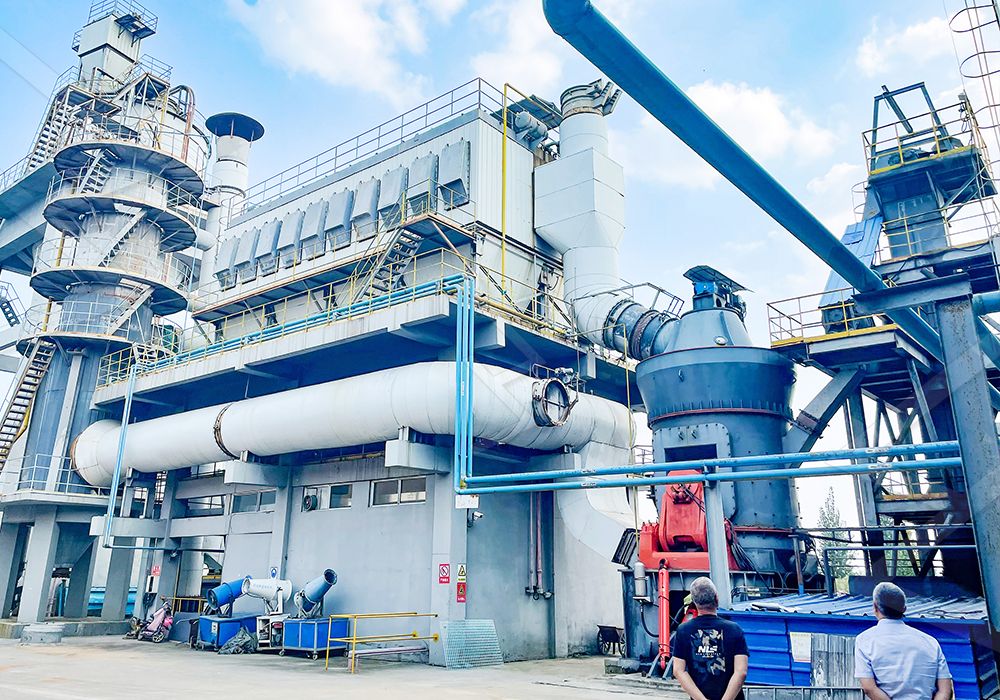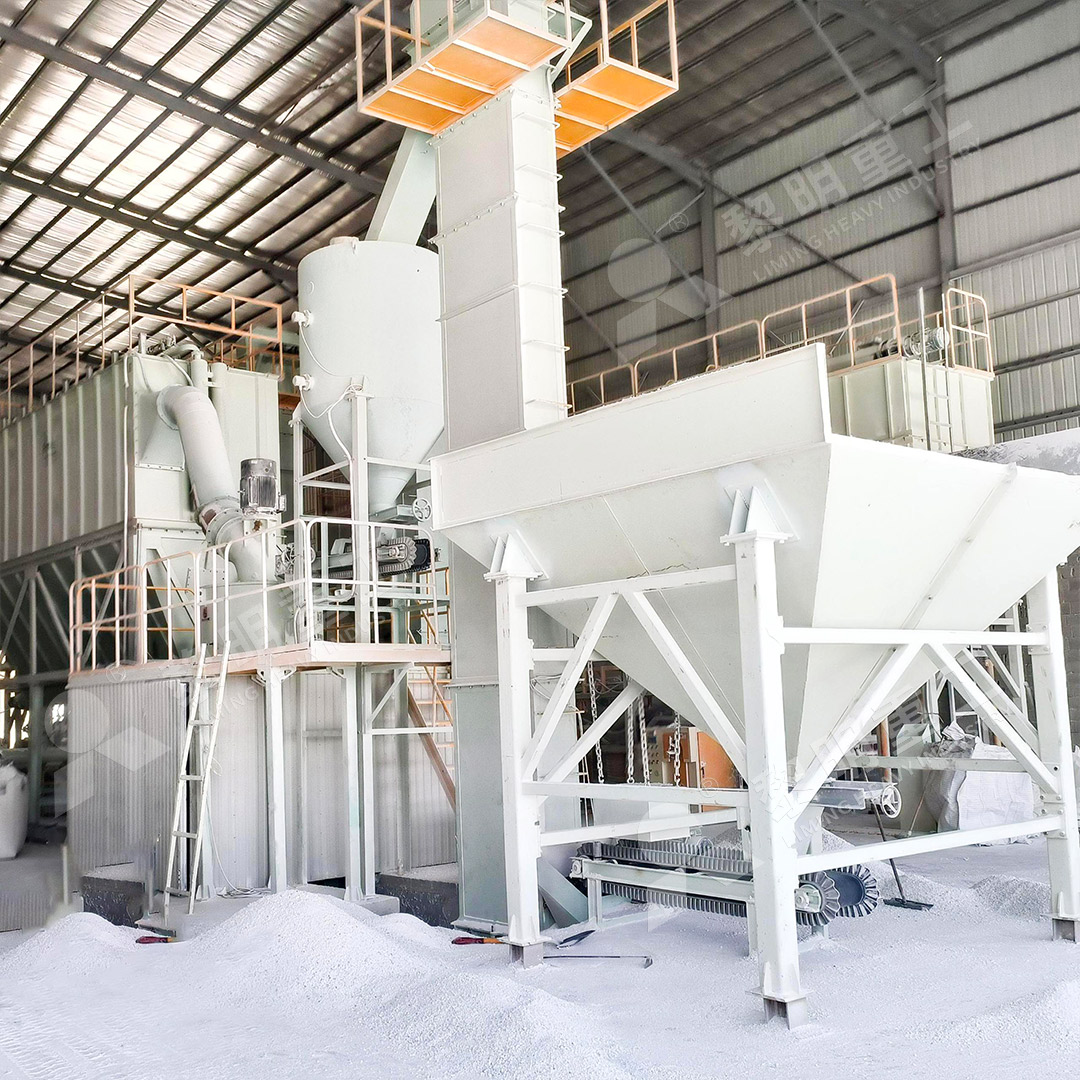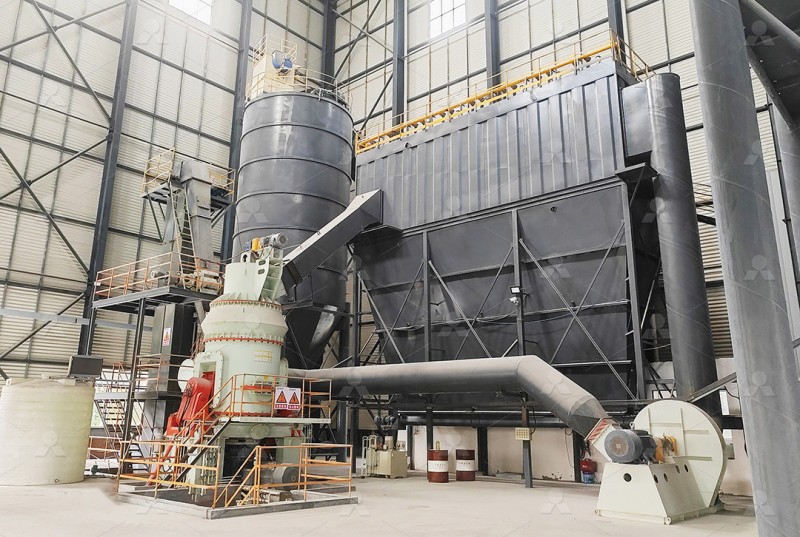What Equipment is Used to Grind Slag from Major Repairs?
What Equipment is Used to Grind Slag from Major Repairs?
Industrial maintenance and major repair projects generate significant quantities of slag—a byproduct that requires efficient processing for disposal or recycling. Choosing the right grinding equipment is crucial for handling this abrasive material effectively while maintaining operational efficiency and environmental compliance.
The Challenge of Slag Grinding
Slag from major repairs presents unique challenges due to its variable composition, hardness, and abrasiveness. Traditional grinding mills often struggle with rapid wear, high energy consumption, and inconsistent particle size distribution when processing this demanding material. The ideal equipment must combine durability, efficiency, and precision to transform industrial slag into usable powder or properly sized material for disposal.

Advanced Grinding Solutions for Industrial Slag
Modern grinding technology has evolved significantly to address the specific needs of slag processing. Among the most effective solutions is the MW Ultrafine Grinding Mill, which represents a technological leap in slag processing capability. This machine handles input sizes up to 20 mm with capacities ranging from 0.5 to 25 tons per hour, making it ideal for various industrial applications.
The MW Ultrafine Grinding Mill stands out for its innovative design that eliminates rolling bearings and screws within the grinding chamber. This critical feature prevents common failure points when processing abrasive materials like slag. Operators benefit from external lubrication systems that allow continuous 24-hour operation without shutdowns for maintenance.
Key Considerations for Slag Grinding Equipment
When selecting equipment for slag grinding, several factors demand careful evaluation. The machine must withstand the abrasive nature of slag while maintaining consistent performance. Energy efficiency becomes particularly important given the continuous operation often required in industrial settings. Environmental compliance is another critical aspect, as dust and noise control directly impact workplace safety and regulatory adherence.

The MW Ultrafine Grinding Mill addresses these concerns through its integrated pulse dust collector and muffler system, effectively containing particulate matter and reducing noise pollution. The adjustable fineness between 325-2500 meshes provides exceptional control over the final product specification, while the German-designed cage-type powder selector ensures precise particle separation.
Operational Advantages in Slag Processing
Efficient slag processing requires equipment that minimizes downtime while maximizing output. The design philosophy behind advanced grinding mills like the MW series focuses on reliability and ease of maintenance. The absence of internal bearings and screws in the grinding chamber eliminates concerns about bearing damage or loose fasteners causing operational failures.
For operations requiring higher capacity or different configuration, the LUM Ultrafine Vertical Grinding Mill presents another excellent option. With an input size of 0-10 mm and capacity of 5-18 tph, it incorporates the latest grinding roller technology and German powder separating technology. Its reversible structure simplifies maintenance, while double position-limiting technology ensures operational stability even under challenging conditions.

Economic and Environmental Benefits
Modern slag grinding equipment delivers significant economic advantages through reduced energy consumption and lower maintenance requirements. The MW Ultrafine Grinding Mill demonstrates 40% higher production capacity compared to jet grinding mills and twice the output of ball grinding mills with the same power consumption. This efficiency translates directly to lower operating costs and improved profitability.
Environmental responsibility is built into these systems through comprehensive dust collection and noise reduction features. The fully enclosed design prevents material escape, while advanced filtration ensures emissions remain within stringent environmental standards.
Frequently Asked Questions
What makes slag particularly challenging to grind?
Slag’s abrasive nature and variable composition cause rapid wear on conventional grinding equipment. Its hardness requires robust machinery designed specifically for demanding materials.
How does the MW Ultrafine Grinding Mill handle slag’s abrasiveness?
The mill’s innovative design eliminates rolling bearings and screws in the grinding chamber, removing common failure points. The external lubrication system allows continuous operation without internal component degradation.
What capacity range is suitable for typical industrial slag processing?
For most applications, equipment handling 0.5-25 tph like the MW Ultrafine Grinding Mill provides sufficient capacity. Larger operations may require multiple units or higher-capacity models.
How important is particle size control in slag processing?
Precise particle size distribution is crucial for either recycling slag into new products or ensuring proper disposal. Adjustable fineness between 325-2500 meshes allows optimization for specific applications.
What environmental considerations should factor into equipment selection?
Dust control, noise reduction, and energy efficiency are paramount. Modern grinding mills incorporate pulse dust collectors, mufflers, and energy-saving designs to minimize environmental impact.
